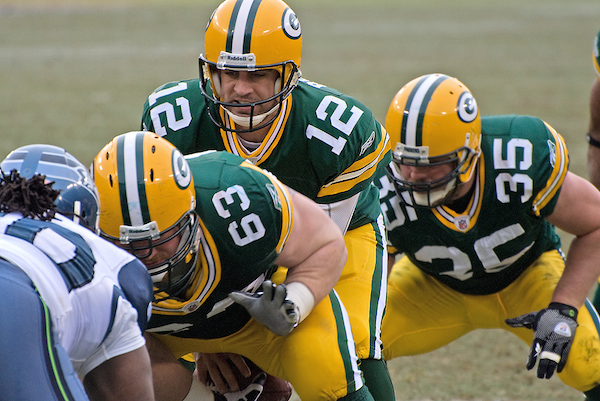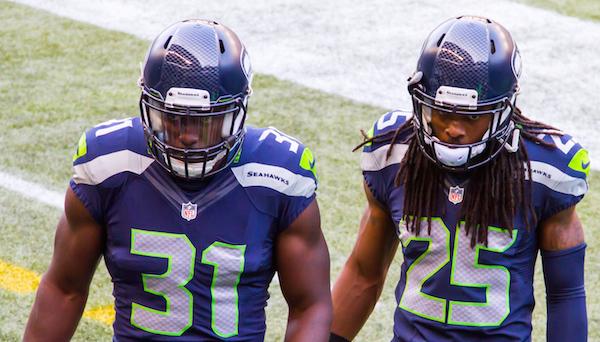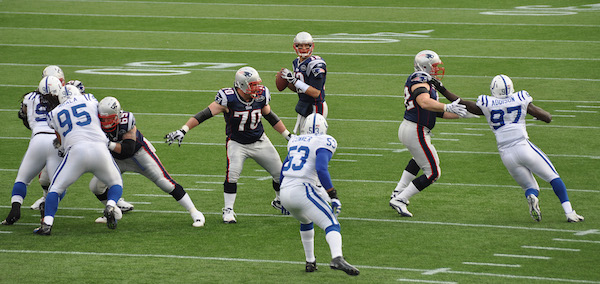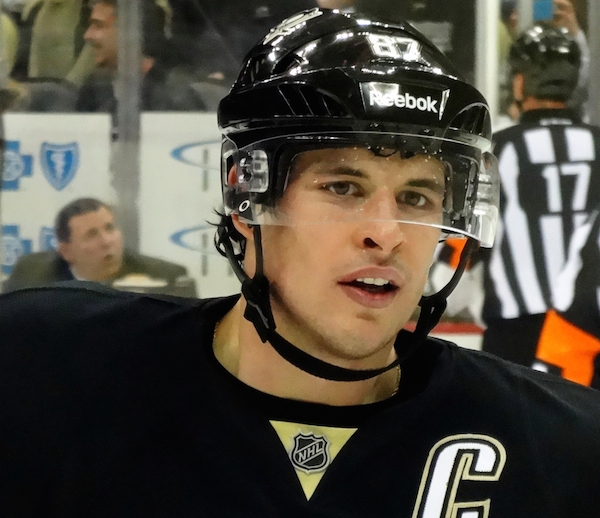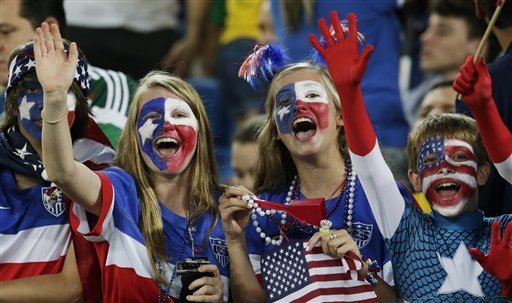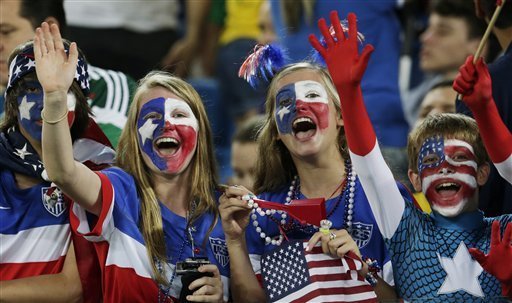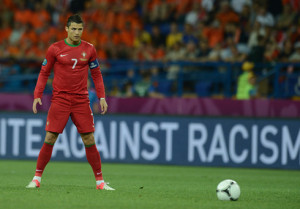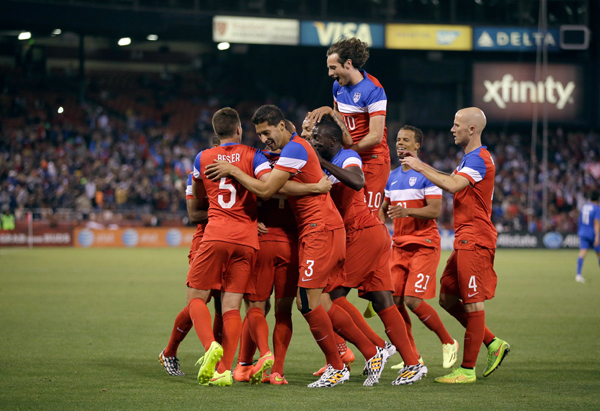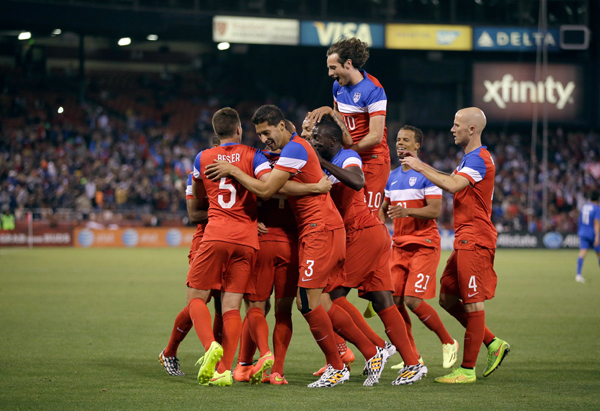Sidney Crosby is the greatest hockey player on earth today. He’s also the most hated. Wherever he plays ice hockey, unless it’s in his home town of Cole Harbor, Canada, or his professional home of Pittsburgh, PA, he is subjected to boos and curses. Last night, I went to a Rangers vs. Penguins game in New York, and despite what I would characterize as a very friendly atmosphere in the stands, I heard him described as a bitch, a pussy, and worse. Hockey fans hate Sidney Crosby. That’s a strange phenomenon in an era when sports stars, due to a combination of television exposure and a natural instinct among sports fans to admire and respect the very best in the world, are generally more liked than hated. It takes a massive public misstep like LeBron’s fateful “decision” blunder to turn the casual fan against a star. So why is it that Crosby is so reviled?
People hate Sidney Crosby because he doesn’t fit into the hockey fan’s image of how a supremely talented player should play. The greatest players in hockey history have mostly had a detachment from the physical extremes of the sport. Wayne Gretsky was 5’11 and 175 pounds. He used deceptive quickness, a preternatural ability to know what was coming before it came, and the intimidative power of some of the games toughest enforcers on his team to stay largely untouched during his record breaking career. Mario Lemieux had the size (6’4″, 230 lbs) to inflict a physical toll on anyone who tried to prevent him from scoring, but because of his chronic bad back and his elegant style, he didn’t get into too many scrappy situations. Power forwards like Bobby Hull and his son Brett or Alexander Ovechkin certainly throw their weight around the rink but their remembered more for their rocket shots than anything else and they specialize in scoring from distance.
Crosby is different. He is a pest, he’s a scrapper, he thrives in the dirty melees in front of the net. If you use Sporting Charts’ awesome NHL shot chart tool to visualize Crosby’s goals compared to one of his closest peers and biggest rivals, Alexander Ovechin, you will see the difference. Crosby scores many of his goals from only a few feet from the net. Even his most spectacular goals usually involve him hurtling into traffic to split defenders or fantastic shots he makes while being knocked over. There’s not a lot of elegance to the way he scores, he just gets it done. Even his equipment bears witness to his utilitarian desire for goal scoring — he uses one of the flattest sticks in hockey so that his backhand can be almost as good as his forehand.
Crosby is a physical player. He’s got a low center of gravity and he’s incredibly strong but unlike Ovechkin or Eric Lindron, that doesn’t translate into highlight producing body checks. Instead, Crosby uses his strength defensively, to withstand the fierce body checks that his opponents throw at him to try to tire him out, wear him down, or intimidate him. Indeed, he often bounces off the player who’s trying to hit him, leaving them in a worse position than when they started. When Crosby does use his strength aggressively, it usually comes out in a slash of the stick at an opponents unprotected wrist, a dangerous slew-foot, or a seemingly casual elbow that just happened to connect with an opponents jaw. Crosby also has a reputation for the darker arts of hockey: diving and for complaining to refs.
Crosby probably doesn’t sound like a very nice guy from this description, at least on the ice. That’s true, he’s probably not, but the curious thing is that fans normally love players like that. Every fan base has their favorite pest. The pest’s job is to play on the third line of forwards and go up against the best players on the opposing team, play solid defense, and annoy the shit out of them. The goal is to be so annoying, that the opponents best player is knocked off their game. If your team’s pest can convince their opposition that winning tonight is not worth the effort, bruises, and cuts or switch the opponent’s focus from winning to beating them up, your team has a significant advantage. Often these pests are also surprisingly effective as offensive players. They fight their way in front of the net and tip shots in or bang rebounds into the back of the net. Just off the top of my head, I can list some examples of players of this type who were absolutely loved: Dino Ciccarelli, Tony Amonte, Jarkko Ruutu, Johan Franzen, Mats Zuccarello, Sean Avery, Brad Marchand, and Max Talbot.
That is exactly how Crosby plays, except Crosby also happens to be the most talented player in the world. If he weren’t, he’d probably be happy to be a pest, toiling on the third line, killing penalties, making his living annoying his opponents with trash talk and a never-ending flurry of slashes, cross-checks, and face washes. And trust me, he would be embraced and loved by his teammates and fans. Fans of opposing teams wouldn’t like him, but they would respect him and if he ever ended up on their team, they’d embrace him as “their pest.”
Sidney Crosby plays hockey the way the players we love to love play hockey but because he’s so talented, we love to hate him. In Chuck Klosterman’s mastercollection of essays, Eating the Dinosaur , he has an essay exploring a similar phenomenon in the career of the supremely talented but mostly unloved basketball player, Ralph Sampson. Sampson was a 7’4″ center who enjoyed playing the more highly technical, less physical game on the perimeter of basketball games. “Why” fans asked themselves, “does Sampson play so delicately? If I were 7’4″, I would dunk on everyone.” It’s the same thing with Sidney Crosby. Fans believe that if they had the advantage of talent the way that Crosby has, they would play more honorably. And yet, they, we honor the less talented players who play the vital pest role on team’s third lines. Why do we penalize Crosby in our judgement for the talent he possesses?
, he has an essay exploring a similar phenomenon in the career of the supremely talented but mostly unloved basketball player, Ralph Sampson. Sampson was a 7’4″ center who enjoyed playing the more highly technical, less physical game on the perimeter of basketball games. “Why” fans asked themselves, “does Sampson play so delicately? If I were 7’4″, I would dunk on everyone.” It’s the same thing with Sidney Crosby. Fans believe that if they had the advantage of talent the way that Crosby has, they would play more honorably. And yet, they, we honor the less talented players who play the vital pest role on team’s third lines. Why do we penalize Crosby in our judgement for the talent he possesses?
The greatest hockey player in the world is a pest stuck in the body of a superstar. Why is that so bad?


